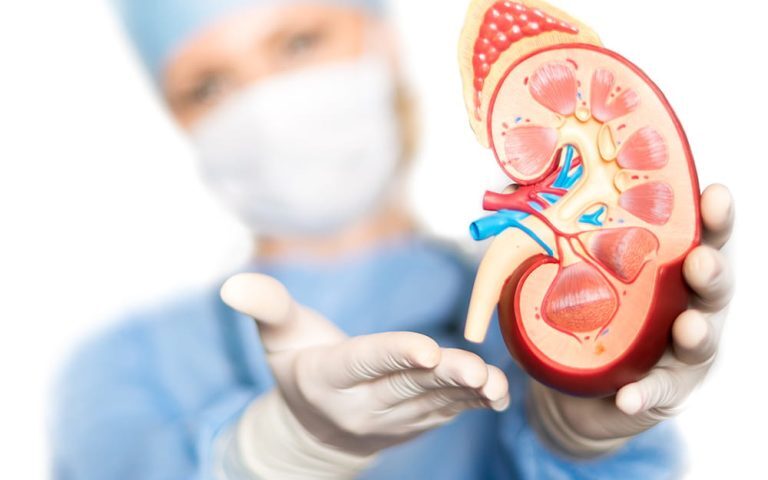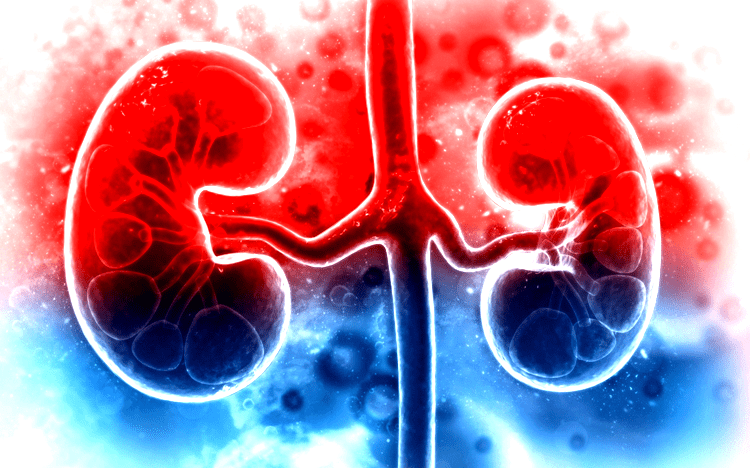End-Stage Renal Disease (ESRD) is a medical condition in which a person’s kidneys cease functioning on a permanent basis leading to the need for a regular course of long-term dialysis or a kidney transplant to maintain life.
Many people with end-stage renal disease (ESRD) who receive a kidney transplant can often live long, healthy, active lives. The life expectancy for a person receiving dialysis is around 5–10 years, though many may live longer.
SYMPTOMS OF END-STAGE RENAL DISEASE (ESRD):
• A decrease in how much you urinate.
• Inability to urinate.
• Fatigue.
• malaise, or a general ill feeling.
• headaches.
• unexplained weight loss.
• loss of appetite.
• nausea and vomiting.
End stage renal disease (ESRD) is a devastating medical, social and economic problem in any community and needs dedicated supervision and health care. It is fatal unless treated properly. Despite the improvements in dialysis care, the mortality of patients with ESRD remains high.
KIDNEY TRANSPLANT:
Kidney transplant or renal transplant is the organ transplant of a kidney into a patient with end-stage kidney disease. It is typically classified as deceased-donor or living-donor transplantation depending on the source of the donor organ.
The average life expectancy for a patient on dialysis is generally five years. On the other hand, patients who receive a kidney transplant typically live longer than those who stay on dialysis. A living donor kidney functions, on average, 12 to 20 years, and a deceased donor kidney from 8 to 12 years.
According to the US August 2020 Scientific Registry of Transplant Recipients (SRTR) report, 1-year national expected survival rates are: 98.11% success rate for living donor kidney transplant. 94.88% success rate for deceased donor transplant.
A successful kidney transplant may allow you to live the kind of life you were living before you got kidney disease. Studies show that people with kidney transplants live longer than those who remain on dialysis.
Kidney transplantation is a major surgical procedure that has risks both during and after the surgery. The risks of the surgery include infection, bleeding, and damage to the surrounding organs. Even death can occur, although this is very rare.
Currently the majority of patients developing end-stage renal disease (ESRD) whom are eligible for kidney transplantation are between 45 and 65 years of age. A kidney transplant has an expected half-life of 7–15 years.
AV fistula surgery involves sewing together an artery and a vein, usually in the wrist or elbow area. This creates a larger, tougher vein that can tolerate multiple needle punctures that are needed for dialysis. You can see the thickened vein and feel a pulse in it after the AV fistula heals over several months.
You will receive either local or general anesthesia for the surgery. The surgeon accesses the artery and vein through a small incision in your arm this operation takes about an hour. Afterward, you’ll rest for one to two hours so the care team can watch you closely before discharging you.
The creation of an arteriovenous fistula (AVF) for hemodialysis access is a low-risk procedure. It is often time sensitive, as avoidance of central venous catheters (CVCs) and their complications is paramount.
Your wound will take 10 to 14 days to heal. We advise that the dressing stay dry for at least three days before being changed. You will be given several spare dressings. Keep your wound covered for seven days.



